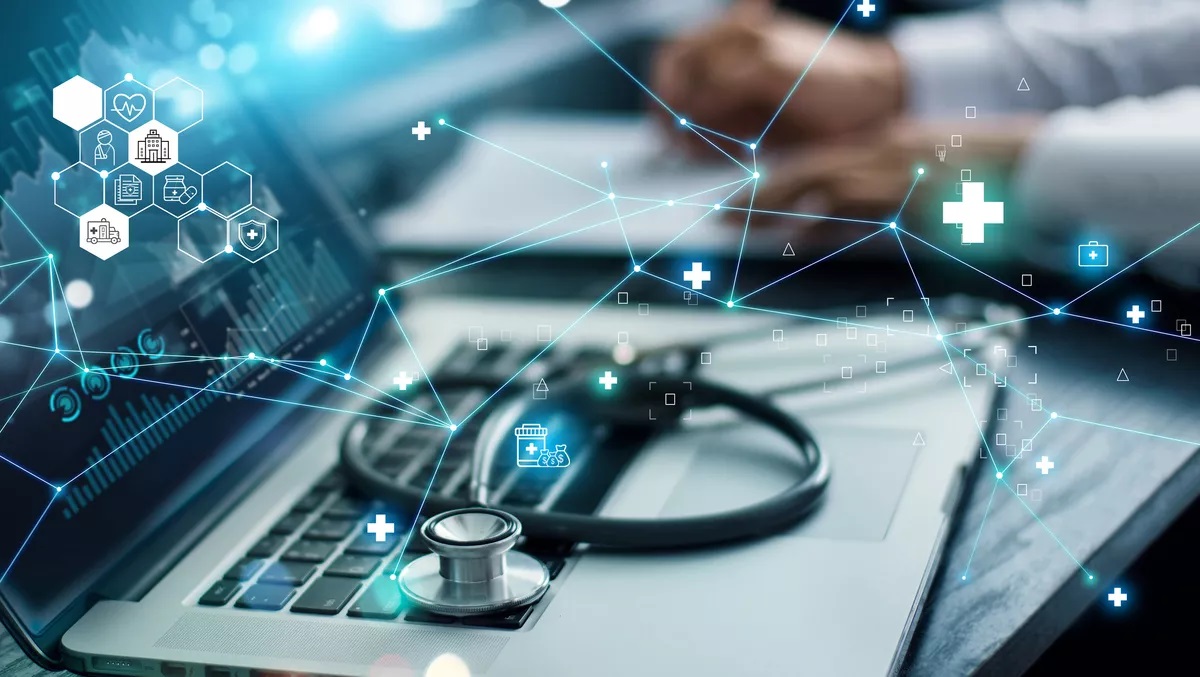In today’s digital age, healthcare organizations face a significant challenge in protecting patient data and medical devices from cyber threats. With the growing reliance on technology in healthcare, the risks of cyber-attacks on healthcare organizations have increased significantly in recent years. A cyber-attack can compromise patient data, disrupt healthcare services, and damage the reputation of healthcare providers. Therefore, healthcare organizations need to take proactive measures to protect their networks, systems, and data from cyber-attacks.
The Importance of Cybersecurity in Healthcare
The healthcare industry is particularly vulnerable to cyber-attacks because of the sensitive nature of patient data. Patient data includes personal information such as name, address, date of birth, and social security number, as well as medical records, diagnosis, and treatment information. The loss or theft of this information can lead to identity theft, medical fraud, and other serious consequences for patients.

Medical devices, such as infusion pumps, heart monitors, and insulin pumps, also present a cybersecurity risk. Hackers can exploit vulnerabilities in these devices to gain unauthorized access to patient data or to manipulate the device’s functionality, potentially causing harm to patients.
The risks associated with cyber-attacks on healthcare organizations are not limited to financial or reputational damage. Lives are also at stake, and cyber-attacks can cause significant harm to patients. Therefore, cybersecurity in healthcare is critical to ensure patient safety, protect patient data, and maintain the integrity of healthcare services.

Best Practices for Healthcare Cybersecurity
To mitigate the risk of cyber-attacks in healthcare, healthcare organizations should adopt best practices that address the unique cybersecurity challenges they face. Some of the best practices include:
Conduct a Risk Assessment:
Healthcare organizations should conduct regular risk assessments to identify vulnerabilities and potential threats to their networks, systems, and data. This can help organizations prioritize their cybersecurity efforts and allocate resources accordingly.
Implement Strong Access Controls:
Access controls are essential to ensure that only authorized personnel can access patient data and other sensitive information. Healthcare organizations should implement strong access controls, including two-factor authentication and role-based access, to prevent unauthorized access.
Encrypt Data:
Encryption is a critical security measure that protects patient data from unauthorized access. Healthcare organizations should encrypt all patient data, both at rest and in transit, to ensure the confidentiality and integrity of the data.
Keep Software and Systems Up-to-Date:
Outdated software and systems can create vulnerabilities that hackers can exploit. Healthcare organizations should ensure that all software and systems are up-to-date, and that patches and updates are applied promptly.
Conduct Employee Training and Awareness:
Employee training and awareness are critical to ensure that all staff members are aware of cybersecurity risks and how to mitigate them. Healthcare organizations should provide regular training and awareness programs to their staff members to ensure that they are equipped to identify and respond to potential cyber threats.
Monitor Networks and Systems:
Healthcare organizations should monitor their networks and systems continuously to detect and respond to potential cyber threats promptly. This can involve using intrusion detection systems, network segmentation, and other security measures to identify and mitigate potential threats.

In addition to these best practices, healthcare organizations should also consider other measures to enhance their cybersecurity posture. For example, healthcare organizations can implement a cybersecurity incident response plan to respond quickly and effectively to a cyber-attack. The plan should outline the roles and responsibilities of staff members, the procedures for detecting and reporting a cyber-attack, and the steps for mitigating the attack.
Healthcare organizations can also collaborate with other organizations in the healthcare industry to share best practices and threat intelligence. Collaborating with other healthcare organizations can help healthcare providers stay up-to-date on emerging threats and vulnerabilities and can also provide insights into best practices for mitigating cyber-attacks.
Finally, healthcare organizations should also consider working with cybersecurity experts to develop and implement a comprehensive cybersecurity strategy. Cybersecurity experts can provide valuable insights into cybersecurity trends, emerging threats, and best practices for mitigating cyber-attacks.

Conclusion
Cybersecurity in healthcare is a critical issue that requires urgent attention. Healthcare organizations need to take proactive measures to protect their networks, systems, and data from cyber threats. By adopting best practices such as conducting risk assessments, implementing strong access controls, encrypting data, keeping software and systems up-to-date, conducting employee training and awareness, and monitoring networks and systems, healthcare organizations can mitigate the risk of cyber-attacks and protect patient data and medical devices.
In addition to these best practices, healthcare organizations should also collaborate with other healthcare providers and cybersecurity experts to share best practices and threat intelligence and to develop and implement a comprehensive cybersecurity strategy. By working together, healthcare providers can enhance their cybersecurity posture and ensure that patient data and medical devices are protected from cyber threats.

